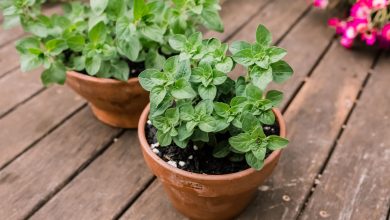Precision Agriculture: [Concept, Uses, Examples]
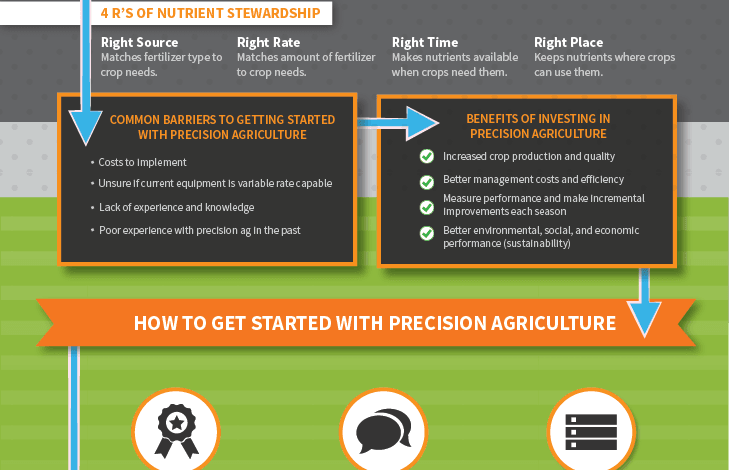
precision agricultureIt is a type of agriculture that is booming.
This is due to the substantial increase it causes in crop productivity using geolocation and statistical techniques and taking into account the heterogeneity of the different crops.
For example:
- Geolocation allows obtaining more information about the plot, with much more detail.
- It takes into account variables such as climate, soil, weed growth, diseases, etc. for statistical use.
- Take a preventive approach through physical samples or satellite remote sensing.
What is Precision Agriculture?
Precision agriculture encompasses the activity of observation, study and analysis of agricultural production management, with the aim of resolving any factor that affects the success or failure of a crop.
The main key to precision agriculture is the use of technology, which provides more information to the farmer, thanks to the use of a wide variety of instruments such as GPS systems, drones, robotics, the use of sensors, self-driving vehicles and control systems, all aided by automated hardware, telematics and software.
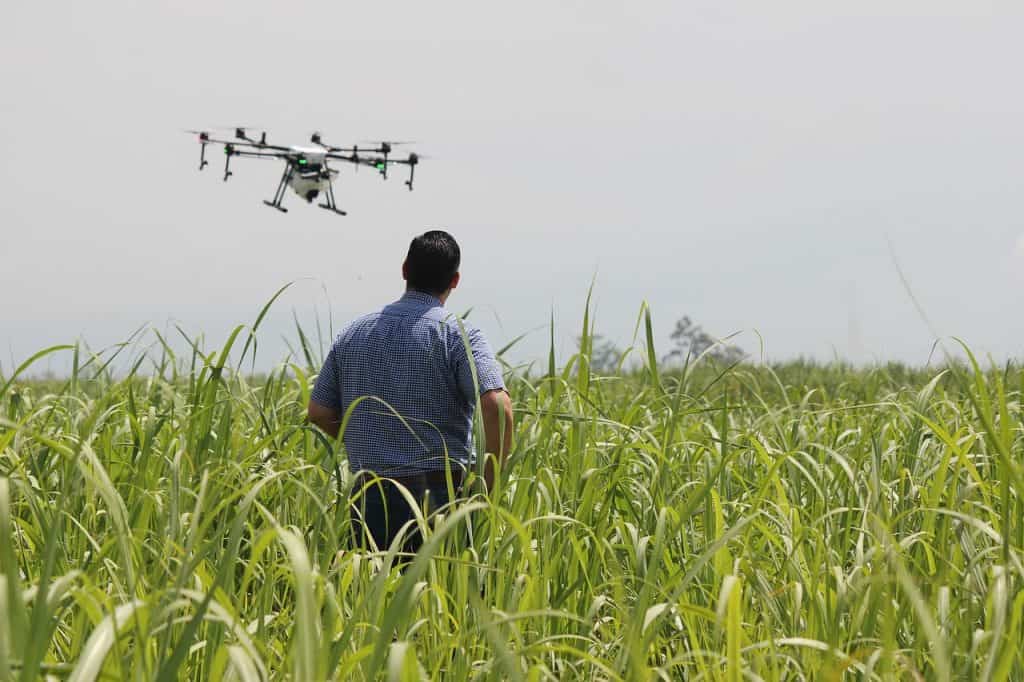 For the correct application of these specialized technologies, you must have the support of professionalsas agronomists, electronics and systems engineers,among other specialists who can correctly interpret the data thrown by these intelligent devices.
For the correct application of these specialized technologies, you must have the support of professionalsas agronomists, electronics and systems engineers,among other specialists who can correctly interpret the data thrown by these intelligent devices.
Technologies formed by the so-called Global Navigation Satellite System (GNSS), satellite and airborne sensors and images, together with Geographic Information Systems (GIS) allowestimate, evaluate and understandsuch inter- or intra-crop variations.
For example:This information will allow us to more accurately adopt how much, for example, we need to apply fertilizers to the soil, but especially, it will be very useful to predict more accurately how good the yield and production of crops will be.
How did this type of agriculture come about?
This method has its direct antecedent in the studies carried out by researchers at the University of Minnesota, in 1985, when they achieved changes or variations in calcium fertilizers in agricultural plots.
The so-called grid-sampling practice also became common, which consists of collecting samples on a network or fixed point per hectare.
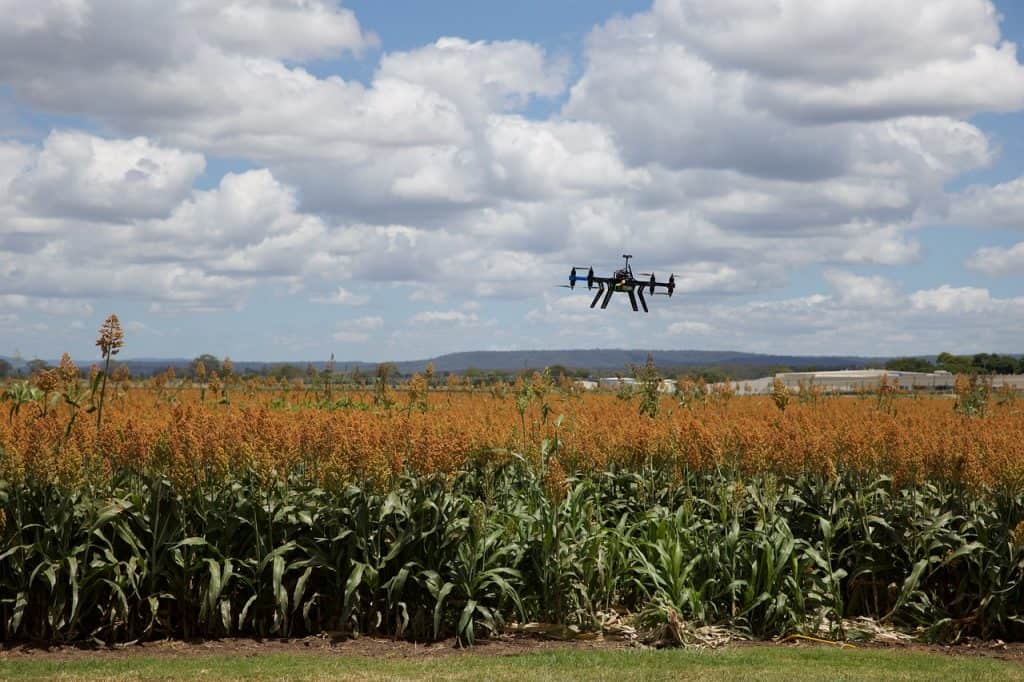 At this stage, towards the end of the 1980s, extraction samples were taken where the first recommendation maps appeared for modulated contributions of fertilized elements.
At this stage, towards the end of the 1980s, extraction samples were taken where the first recommendation maps appeared for modulated contributions of fertilized elements.
Soil PH corrections also emerged.
But undoubtedly, the extraordinary development of technologies in all areas of life has also led to substantial improvements in crop productivity.
The so-called GPS systemsThey have been a blessing for large-scale agriculture, managing to cover millions of hectares throughout the world to make precisions that improve the quality of crops and, therefore, raise the quality of life of people, because the economy also improves by increase the profitability of crops.
The evolution of technology allowed the development of performance sensors and their use, together with the appearance of GPS, has not stopped growing until it currently reaches several million hectares covered by these systems.
Did you know…The pioneering countries in precision agriculture are the United States, Canada and Australia.
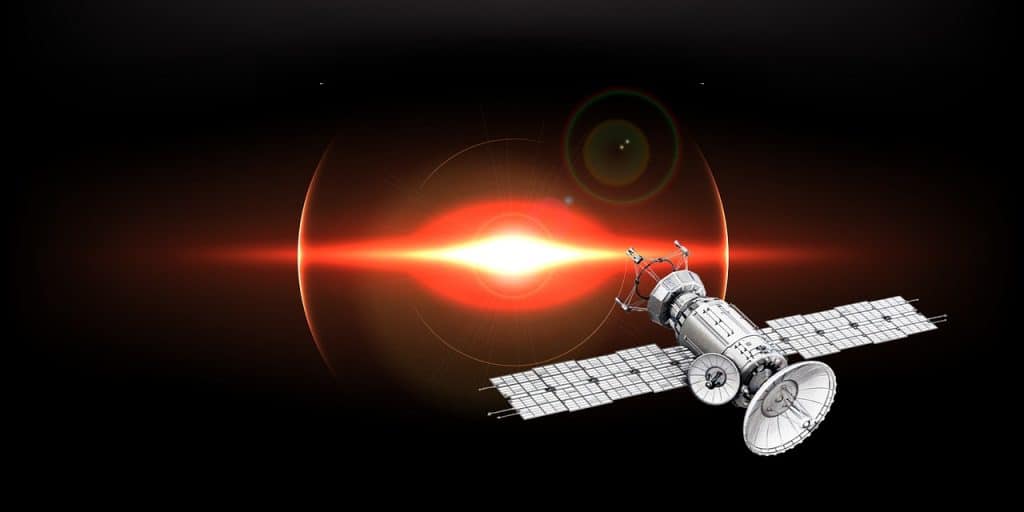 In Latin America, Argentina leads the way in the use of these precision tools, both indevelopment of agro-components as in adoption rates.
In Latin America, Argentina leads the way in the use of these precision tools, both indevelopment of agro-components as in adoption rates.
It reaches a large coverage of hectares planted under the precision agriculture modality, where professionals have also been trained under this work philosophy that seeks to increase the productivity of the fields.
Brazil, a country of impressive biodiversity, has also developed an interesting precision agriculture, also used to care for the environment and carry out studies on crops as varied as soybeans, corn, eucalyptus, cotton, rice, wheat, sugar cane and fruits such as grapes, oranges, and peaches.
In the old European continent, the pioneers were the English and later the French, who with the development of GPS systems have achieved a modular spread of these practices,with very good results,to the point that currently only 10% of the French population lacks these modulation tools in the fields.
Why is precision agriculture important?
As has already been seen, the support in thesetechnological tools optimize managementof agricultural subdivisions, from various points of view. These are:
agronomic
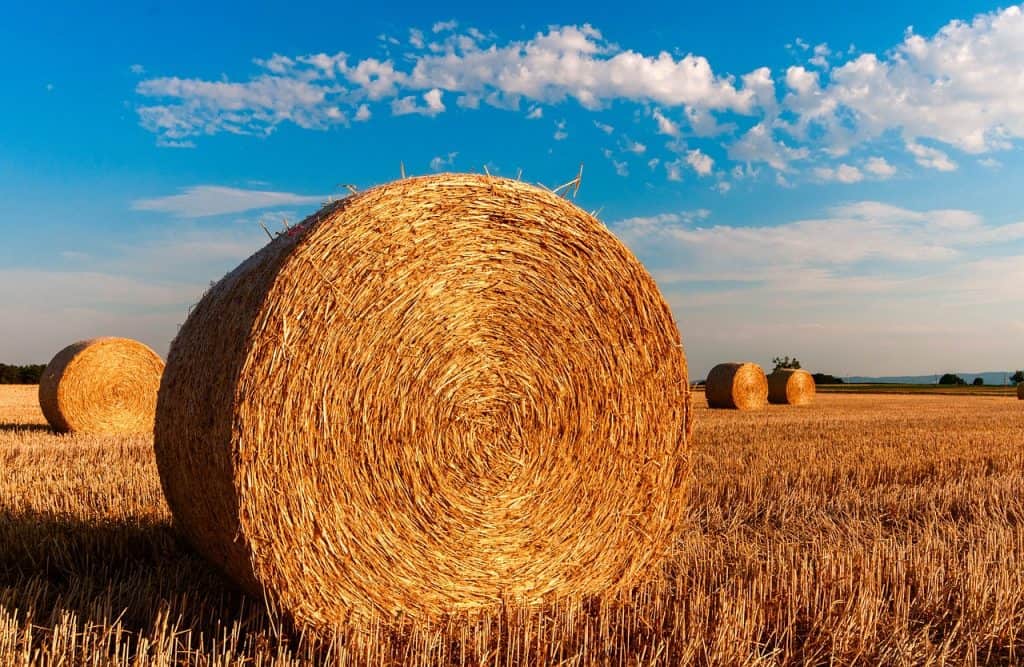 Agronomic:cultivation practices are tailored to the needs of the plants. For example:determine nitrogen needs.
Agronomic:cultivation practices are tailored to the needs of the plants. For example:determine nitrogen needs.
environmental
Environmental:there is a reduction in the impact exerted by agricultural activity on the soil and the environment.
Economic
Economic:competitiveness is increased, because agricultural practices are now more efficient, generating fewer losses and higher dividends. For example:Cost management of nitrogenated manure.
This modality of precision agriculture also allows us to establish correct actions by having scientific information of the highest accuracy, to have a memory of the field that allows us to make assertive decisions that will ultimately result in anotable improvement in the quality of country products.
What advantages and disadvantages does it have?
Advantage:
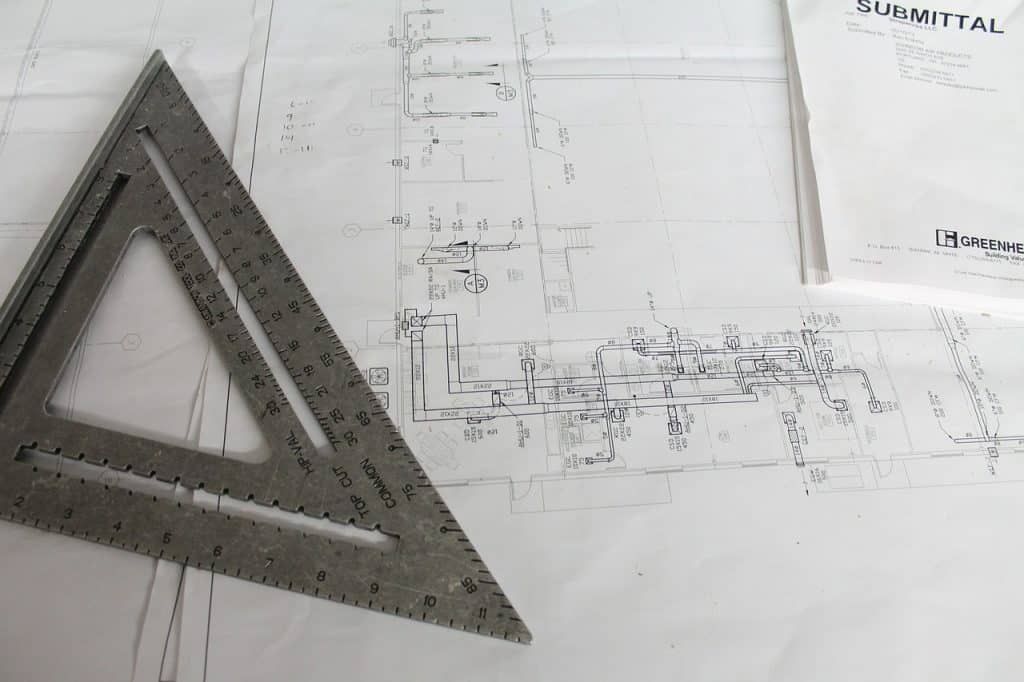 It allows identifying what type of irrigation the area needs.
It allows identifying what type of irrigation the area needs.- It also helps to know if we need to apply fertilizers and what cultivation technique is the most convenient.
- With the support of the technologies used, it is also possible to identify the type of pests that can attack the production and carry out a much more efficient rigor in anti-pest controls.
- Vital resources such as water, nutrients and energy are saved.
- The environmental impact also decreases, because it is better specified which are the natural resources that we can use to improve the productivity of the fields. For example, with the support of the use of drones, it is possible to visualize and identify on maps the quantities that we really need of fertilizers, pesticides and herbicides and the specific places where to apply them, a methodology that avoids damaging other crops and that benefits the environment.
- It reduces production costs and higher yields are obtained, improving profit margins.
Disadvantages:
- Perhaps the greatest difficulty lies in the fact that the use of these technologies requires trained personnel to activate and then interpret the data thrown by ground and air sensors, drones and equipment that can identify all the deficiencies and needs of the plants.
- Another disadvantage is associated with the costs of all the equipment necessary for crop management to be better and more productive. Always, always, agricultural technology will be an acquisition that will bring great profitability and long-term sustainable productivity.
How is it different from other types of farming?
Fundamentally, it differs from the other forms of agriculture (intensive, subsistence or biodynamic) because it does not work empirically, but based on the study of all the variables that affect the stability of crops, with the support of technologies ranging from GPS to the use of drones.
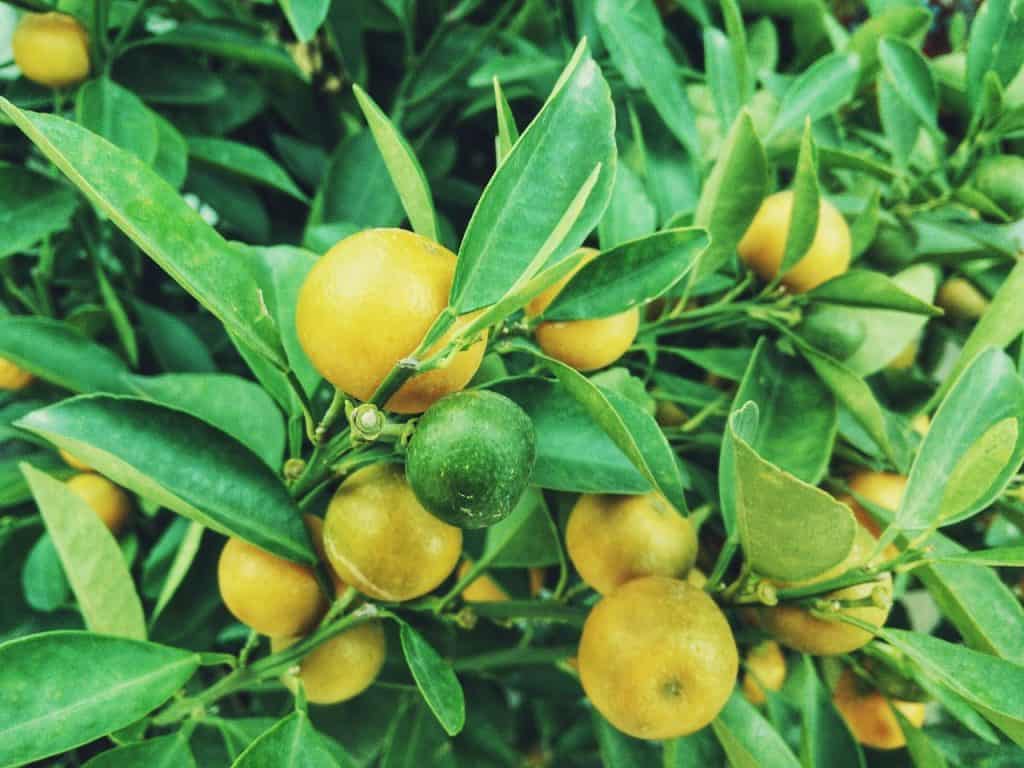 It allows to carry out a much deeper analysis of the area,which implies knowing the variability of the field,it is possible to know if the place is optimal to cultivate what can be produced in it and what we need to improve the quality of the soil.
It allows to carry out a much deeper analysis of the area,which implies knowing the variability of the field,it is possible to know if the place is optimal to cultivate what can be produced in it and what we need to improve the quality of the soil.
Thanks to this technique, soil sampling can be carried out in order to know its conditions, the type of organic matter it has, the deficiencies and the nutrients it can provide.
Therefore, precision agriculture is one of the pillars of so-called sustainable agriculture, because it is very respectful of crops, land and farmers, where they identifyecological, economic and social limitsthat guarantee the maintenance of long-term production.




